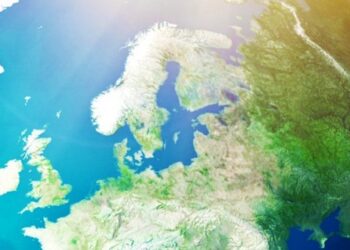The video, published by the European Union Strategy for the Baltic Sea Region (EUSBSR), focuses on one of the objectives of the Strategy – Save the Sea, aiming to address threats to marine biodiversity and food web structures, such as eutrophication, invasive species and hazardous substances.
The EUSBSR, approved by the European Council in 2009 following a communication from the European Commission, is the first Macro-regional Strategy in Europe. The Strategy is divided into three objectives, which represent the three key challenges of the Strategy:
- Saving the sea,
- Connecting the region and
- Increasing prosperity.
Each objective relates to a wide range of policies and has an impact on the other objectives.
The Strategy is an agreement between the Member States of the EU and the European Commission to strengthen cooperation between the countries bordering the Baltic Sea in order to meet the common challenges and to benefit from common opportunities facing the region.
The EU member states involved in the EUSBSR are Sweden, Denmark, Estonia, Finland, Germany, Latvia, Lithuania and Poland. The EUSBSR implementation is coordinated in close contact with the European Commission and all relevant stakeholders, i.e. other member states, regional and local authorities, inter-governmental and non-governmental bodies.The Strategy is also welcoming cooperation with EU neighbouring countries (Russia, Iceland, Norway and Belarus).
The EUSBSR is implemented in concrete joint projects and processes. Projects and processes named Flagships of the EUSBSR demonstrate especially well the progress of the Strategy.
However, no new funding or institutions have been founded to support the implementation of the Strategy. Instead, the EUSBSR, as all Macro-regional Strategies, is based on effective and more coordinated use of existing funding sources, and the promotion of synergies and complementarities.





























































